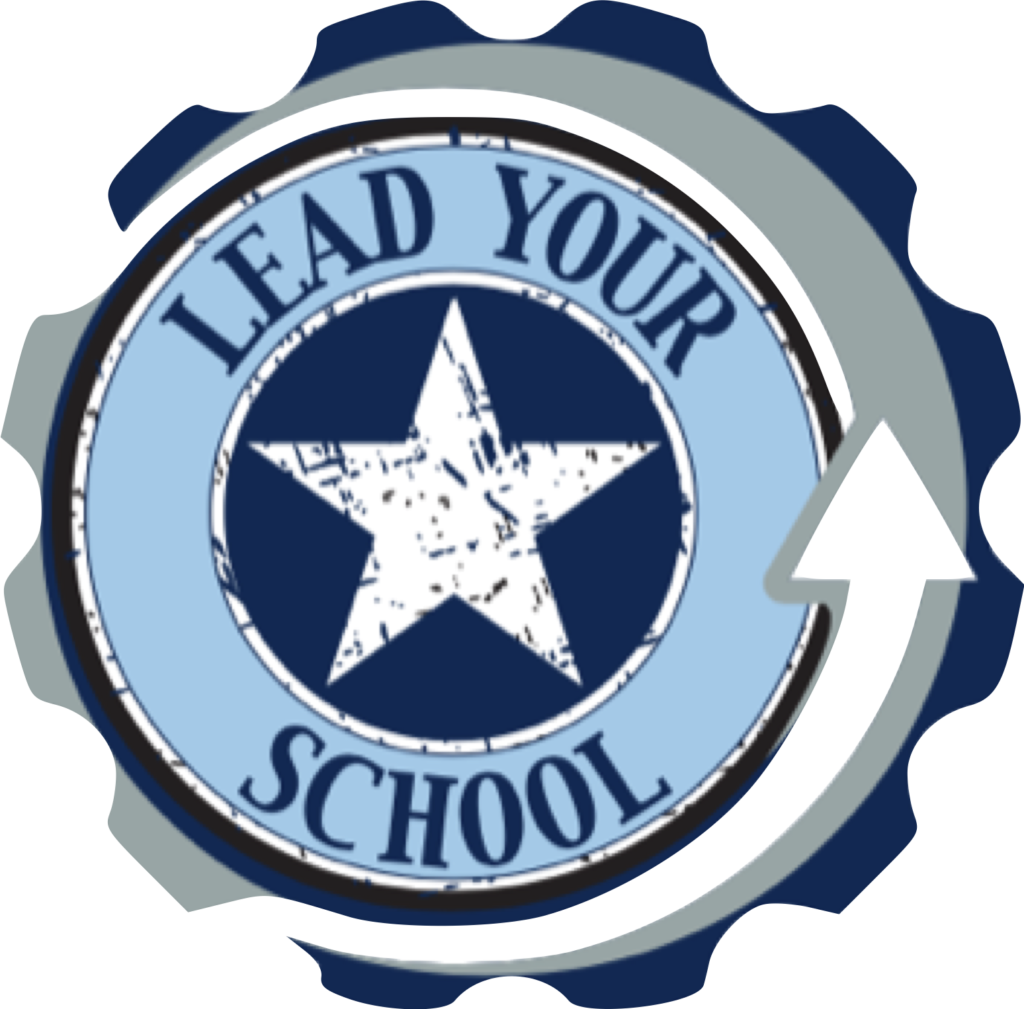The first two school performance drivers (Segregation and Life Experience) are outside the control of the educators working in the building. The last two school performance drivers (Instruction and Motivation) are in our control. Today, will discuss instruction.
The instructional program is completely in our control as educators. We control what we teach, when we teach it and how we teach it. The better we get at these three things, the better our students perform. Here’s the good news, on paper, getter better at these three things is rather easy. The bad news… In practice, at-scale, it is the most complex endeavor undertaken by those who lead schools. The even worse news, the more affluent the campus, the more these three things are ignored.
Let’s hit this piece by piece. First, “What to Teach?” Not as difficult as it seems. What we should teach are the content concepts that students are expected to master by the end of the academic year. This means that if there is an end of the year state accountability test, teachers should teach: (1) The concepts that tested; and (2) the concepts that support the tested concepts.
If there is not an end of the year state accountability test, then there should be a district-wide, cumulative, common final for the course. In this case teachers should teach: (1) The concepts that tested; and (2) the concepts that support the tested concepts.
Now, it is not the teachers’ responsibility to identify those concepts on their own (perhaps the most common form of leadership malpractice in our field). Instead the identification of the concepts to be taught is the responsibility of the instructional leadership and professional instructional support staff (principals, assistant principals, instructional coaches, district curriculum staff, state curriculum staff). These are professionals that have the time, information and perspective to line out “what to teach.”
Once, the “What to Teach” question has been addressed, then the “When to Teach It” question take center stage. Essentially, it must be decided when concepts should be introduced and how long they should be addressed in order to ensure that everything required for either state or district accountability purposes has been taught and adequately addressed.
Issues 1 and 2 are addressed thru the development (leadership responsibility) and high-fidelity implementation (leadership and teacher responsibility) of a standards aligned common scope and sequence.
Once teachers have in their hands a standards aligned common scope and sequence (which answers the questions of “What to Teach” and “When to Teach It”) then they (teachers) have the luxury of extra time to determine “How to Teach It.” Because the implementation on improved and enhanced “How to Teach It” decisions is what separates the high-performing classroom from other high effort, but lower performing classrooms.
But there is a huge caveat…
The high-performing classroom is not defined as the classroom with the highest test scores. High-performing is defined as the class that consistently outperforms its demographic peers. This is a critical distinction, because it is this definition that factors out the performance drivers of Segregation and Life Experience.
When you study like classrooms (or campuses or districts), the higher performing entity invariably teaches more of the tested concepts and teaches those concepts better than the lower performing entity.
Which brings us to the Segregated / Affluent Campus performance issue. When compared to less segregated and less affluent campuses, segregated / affluent campuses seem to do well (and water is wet). But when you look at the quality of the delivered academic program (standards based content and instructional best practices) the segregated / affluent campuses come up lacking, over and over again.
Think. Work. Achieve.
Your turn…
- Upcoming Conference Presentations: AIE Conference; ASCD Empower19 Conference
- Follow @LYSNation on Twitter and Lead Your School on Facebook.

